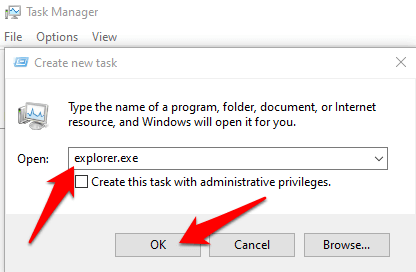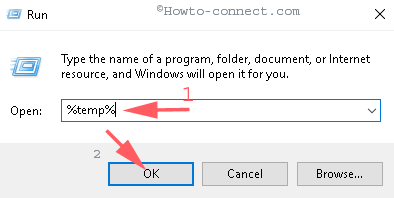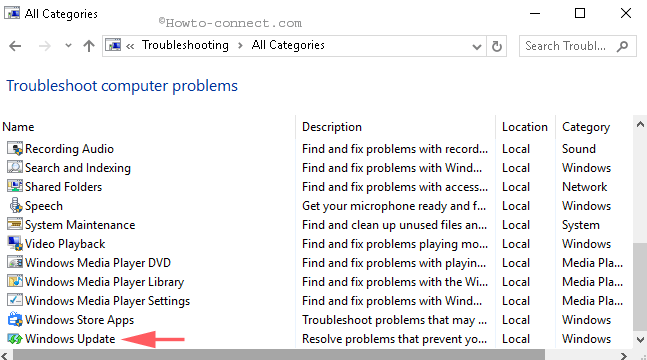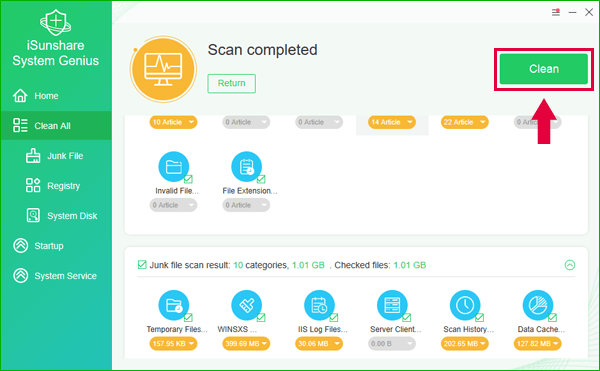
I have been using ASO for about 4 years now and seem to have forgotten my computer woes at all. The final way to resolve the Windows 10 temporary files not deleting is to use an app that can optimize your system entirely and there isn’t better than Advanced System Optimizer (ASO). Note: The TEMP stores temporary system files and the %TEMP% stores the temporary files of the user. This clears all the temporary files from your system. Step 5: Repeat Step 3 on this folder and delete all the files and folders in this folder as well.

Step 4: Open the RUN dialog box again, and this type "%TEMP%” and press OK. This will permanently delete all the temp files in the folder. Step 3: Press CTRL + A on your keyboard to select all the files and in the folder and then hold the SHIFT key and hit the DELETE key.

This will open a folder on your computer. Step 2: Type “TEMP" in the text box within the Run box. Step 1: Press Windows + R to open the Run dialog box. If you are not comfortable using the Command Prompt, then you can use the RUN box and manually delete all the temp files. Method 3: Delete The Temp Files Using The Run Box Step 3: Restart your computer, and you will feel the difference between a clean and smooth functioning system. Step 2: Type the following command in the Command Prompt window and press Enter.ĭel /q /f /s %temp%\* & del /s /q C:\Windows\temp\* Then choose Run As Administrator to run the Command Prompt in an elevated mode, Step 1: Type Command Prompt in the search box on the taskbar and from the result, hover your mouse over the Command Prompt app. Most of the errors that occur stating the file is in use or cannot delete due to system error can be resolved by using command prompt. It is a fact that if you cannot delete a file in Windows operating system by the normal click and delete method, then you can always try the Command Prompt. Step 7: Click on Delete Files when the prompt appears to confirm your choice and to proceed with the cleanup.Īlso Read: How to delete Pagefile.sys which a temp file and takes GBs of space? Method 2: Delete The Temp Files Using Command Prompt


Place a check next to files you want to delete and press the OK button. Step 6: The disk clean up takes some time to analyse all your files and then display them categorically. Step 5: Make a double click on the option Disk Cleanup and when it opens click on ‘Clean up system files.”


 0 kommentar(er)
0 kommentar(er)
